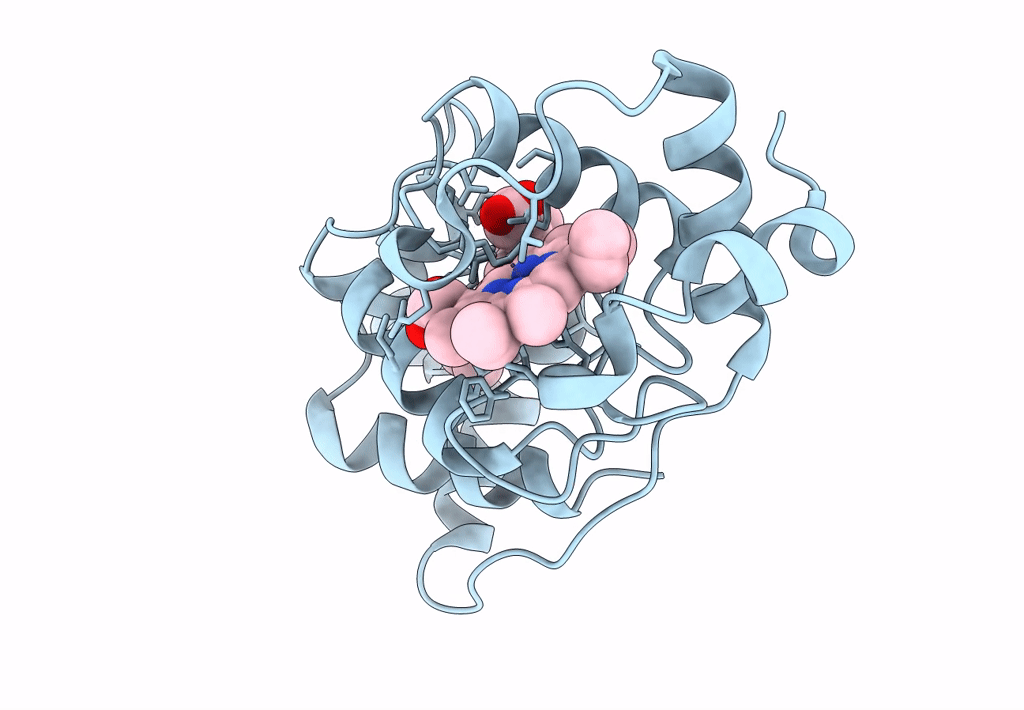
Deposition Date
2019-08-08
Release Date
2019-11-20
Last Version Date
2024-10-23
Entry Detail
PDB ID:
6Q2U
Keywords:
Title:
Structure of Cytochrome C4 from Pseudomonas aeruginosa
Biological Source:
Source Organism:
Pseudomonas aeruginosa (Taxon ID: 287)
Host Organism:
Method Details:
Experimental Method:
Resolution:
1.85 Å
R-Value Free:
0.21
R-Value Work:
0.17
R-Value Observed:
0.18
Space Group:
P 61 2 2


